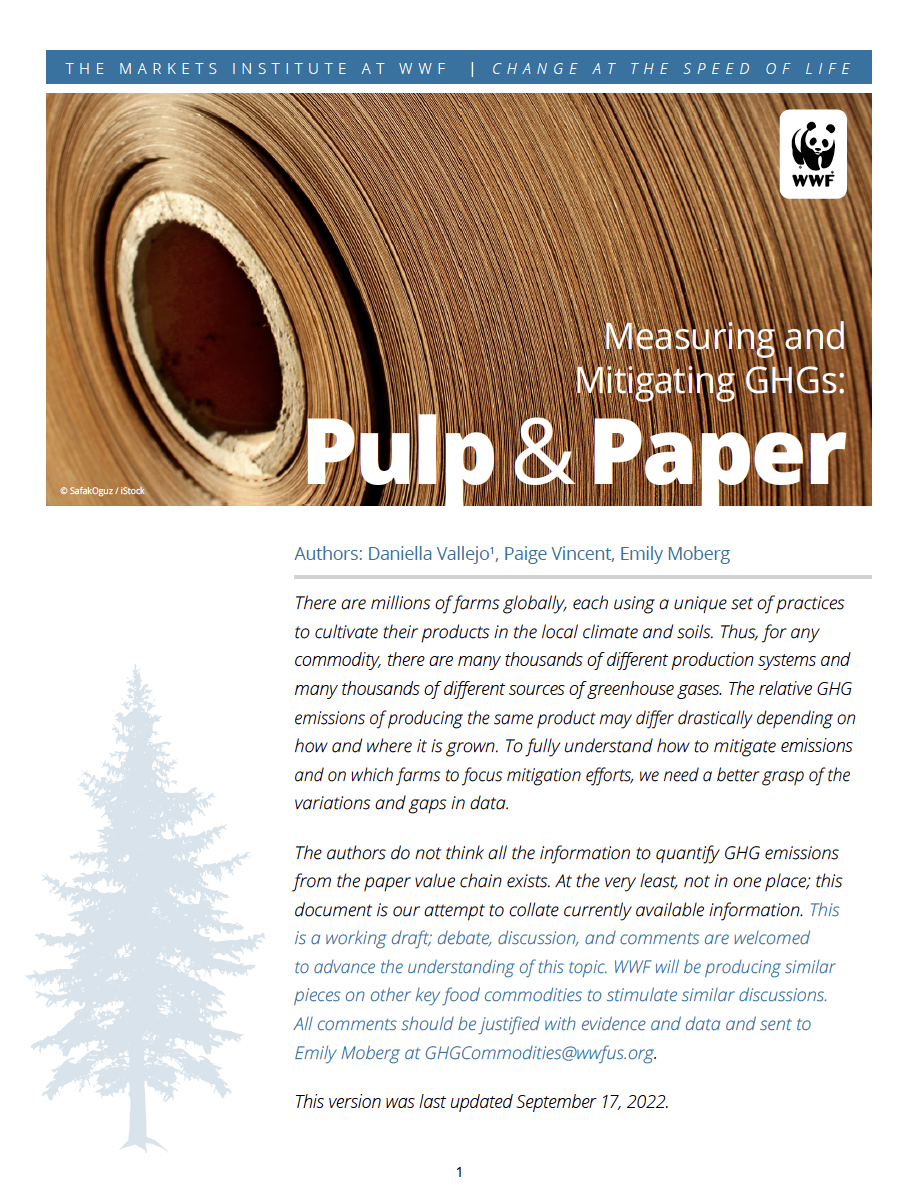Ambitious, urgent action is needed to keep global temperatures from increasing by 1.5°C above pre-industrial levels. Keeping temperatures below this threshold is critical for preserving human health and our planet’s rich biodiversity. All sectors need to dramatically reduce greenhouse gas emissions, and food is no different. For food, absolute emissions reductions of about 80% are required by 2050, even as production needs to increase significantly to support a growing human population.
The major challenges to achieving these reductions are the number of producers as well as the incredible scale and diversity of agricultural production. There are hundreds of millions of producers; thousands of different plants, fungi, and animals and breeds that are reared or captured for food; each has different sources of greenhouse gas emissions. For example, while nitrous oxide emissions from fertilizer are a major source of emissions for row crops, enteric fermentation is a major source of cattle emissions. This diversity is compounded by the fact that for each product, the GHG emissions used to produce it often vary by 10- to 100-fold depending on the production system and geography as well as the skill resources available to producers. Meanwhile, the least-efficient operations produce the majority of emissions and only a small proportion of the total product. Taken together, this variability in food and production practices plays out on nearly 40% of the global land area, over half of the global ocean, and on over 500 million farms.
As we steer towards 1.5°C climate targets, we will need to scale new, regionally appropriate solutions at an unprecedented rate. There are only 27 years before 2050; individual companies and farms cannot learn in silos, independently making the same mistakes with the same steep learning curves. Cookie-cutter solutions applied uniformly across the most and least efficient operations will not deliver meaningful results.
We need to target mitigation to the appropriate operations and geographies and share what works -- and doesn’t -- to achieve the scale and speed of change necessary for a livable future climate. There is a lot we don’t know, but we do know we’ll learn faster if we share information. From decades of work on this topic, we think that focusing on the drivers of differences in emissions is an important way to identify priority production systems, regions, and emissions sources for intervention as well as the incentives that will help make change happen faster.
These commodity-focused briefs are our attempt to collate currently available information on GHG emissions from each of 10 products, which represent a range of foods -- from row crops to grazed and fed livestock, from tree-crops to aquaculture and wild-caught fish. We expect that new scientific research and advances in agricultural technology and practices will change what we know and reveal new questions. We hope you will be part of these works-in-progress and share new information or insights with us so we can all learn faster and act better and more quickly.
-Jason Clay, Senior Vice President, Markets | Executive Director, Markets Institute










